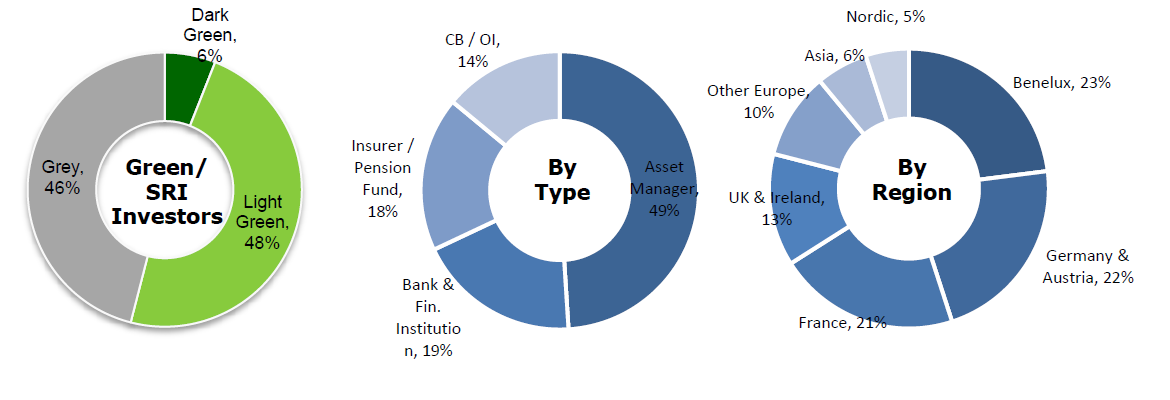-
Almost two years since the Paris Agreement aimed at reducing global carbon emmissions, macroeconomic trends are driving investors and issuers towards a low-carbon future.
Since the deal was struck, 195 countries have joined – amid continued growth in market understanding, acceptance and a focus on sustainability, particularly when aligned to the United Nations’ Sustainable Development Goals.
"We expect further growth in green bond issuance in the remainder of 2018 – up to $US250 billion globally.”
Crucially, recommendations from the Task Force on Climate-Related Financial Disclosure and the High-Level Expert Group on Sustainable Finance are also helping craft new market expectations.
The effect of this change is particularly evident in the green bonds market, which continues to grow and has doubled in issuance size every year since 2015.
Outlook
At ANZ, we expect further growth in green bond issuance in the remainder of 2018 – up to $US250 billion globally.
The proceeds of these bonds are notionally earmarked to finance or refinance ‘green’ or ‘social’ assets or businesses. When these bond proceeds are combined, issuances are called sustainability bonds.
Globally the market was worth $US 160 billion in issuances in 2017, up from $US 87 billion the year before.
Europe accounts for 60 per cent of the issuance and Asia just 25 per cent. Proceeds at this stage go primarily to renewable energy, green buildings and transport
In Australia, the green bond market in 2017 totalled $A3 billion over 11 transactions, up from $900 million over four transactions in 2016. Procedes of the small but growing market went largely to social and sustainability projects.
The role of those bonds are growing though, particularly when they are mapped to the UN’s SDGs.
The SDGs are 17 goals and 169 targets aimed at solving the world’s most-pressing sustainable development challenges.
Under ANZ’s SDG Bond, issued in February, proceeds will be used to finance or refinance loan assets and expenditure which contribute to green or social aspects, such as good health and wellbeing, quality education, affordable and clean energy and sustainable cities and communities.
Going green
ANZ’s most-recent green issuance was the successful launch and pricing of its €750 million five-year SDG bond, demonstrating ANZ’s commitment to the UN SDGs.
It was the first SDG bond launched in the European wholesale debt capital market by a corporate. Proceeds will directly promote eligible assets as identified in the ANZ SDG bond framework which identifies nine of the 17 SDGs that are most directly related to ANZ’s operations.
It’s was ANZ’s first issuance in the Euro market since 2016 and was completed despite a volatile market backdrop.
Fund Managers took the bulk of the demand accounting for 49 per cent of the final allocations. Additional demand was seen from banks (19 per cent).
{CF_IMAGE}
- Dark Green: investor purchased the SDG Bonds in connection with their green/SRI fund and/or mandate.
- Light Green: investor established internal ESG framework / positively disposed to green investments, but no known green/SRI fund and/or mandate.
- Grey: investor has no known internal ESG (Environmental, Social and Governance criteria) framework or green fund.
Katharine Tapley is Head of Sustainable Finance Solutions at ANZ
The views and opinions expressed in this communication are those of the author and may not necessarily state or reflect those of ANZ.
-
anzcomau:Bluenotes/social-and-economic-sustainability,anzcomau:Bluenotes/business-finance
Green, grouse and growing
2018-04-04
/content/dam/anzcomau/bluenotes/images/articles/2018/April/TapleySDG_banner.jpg
EDITOR'S PICKS
-
A panel of expert issuers and investors chat about the outlook and the trend of responsible issuance.
31 August 2017 -
Responsibly invested assets have quadrupled in the last three years to $US622 billion.
31 July 2017

